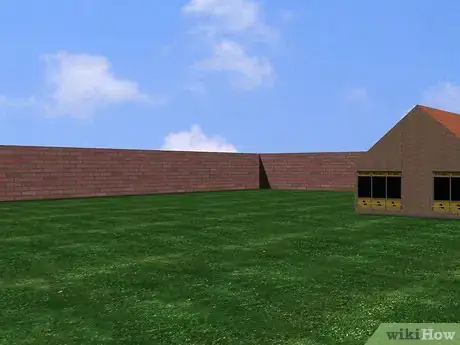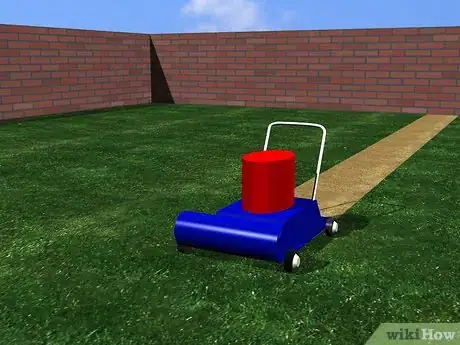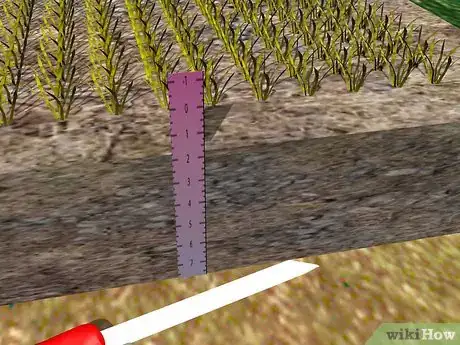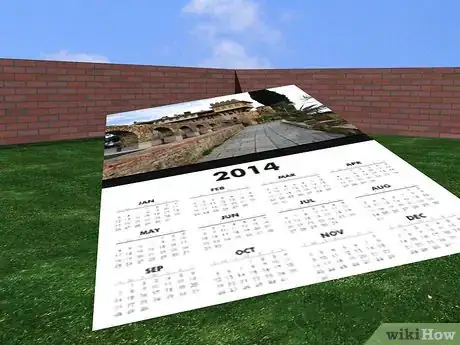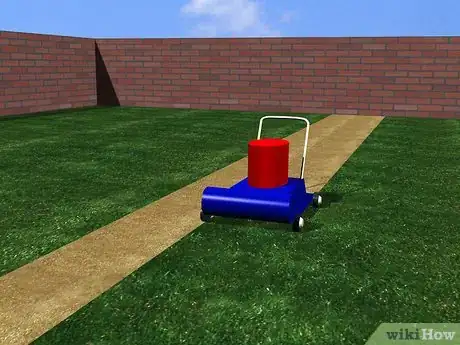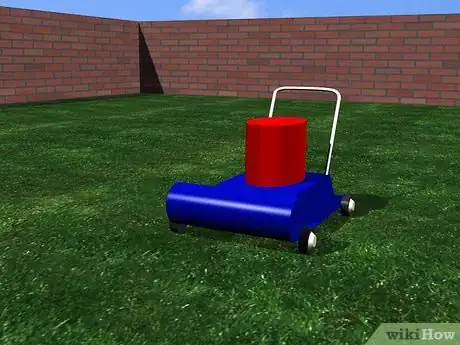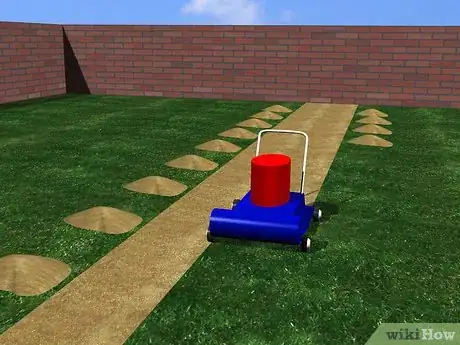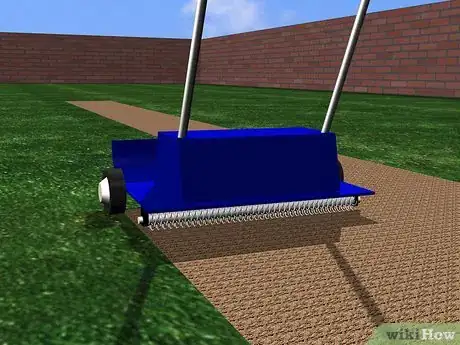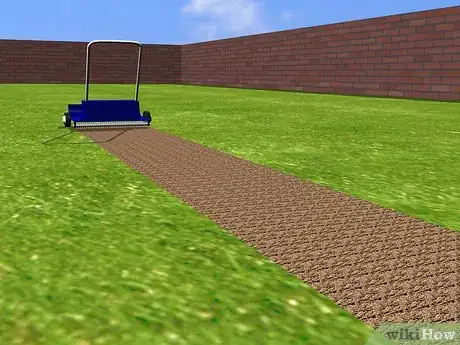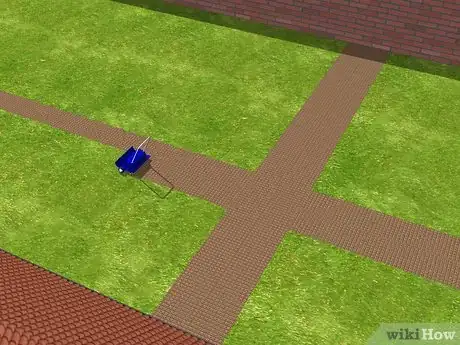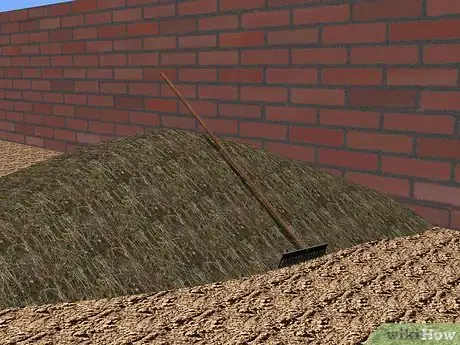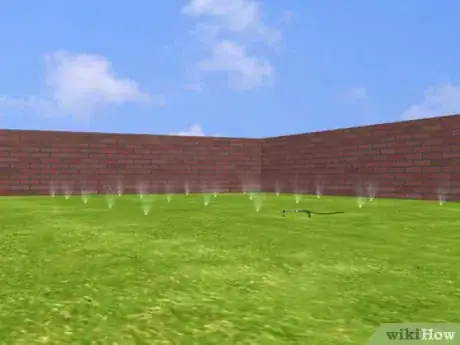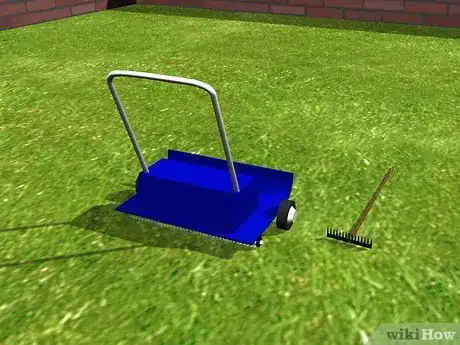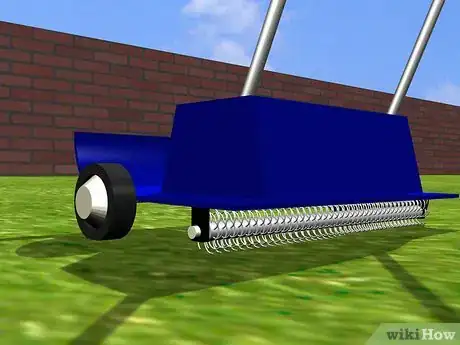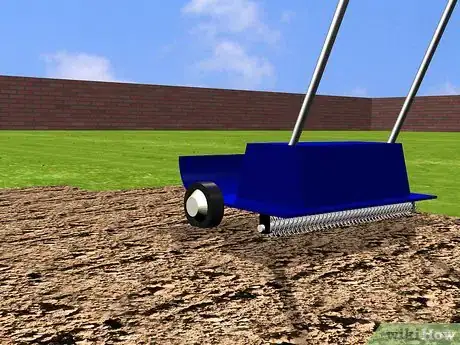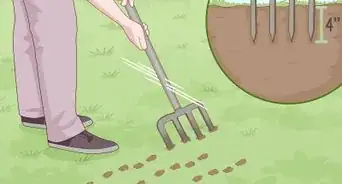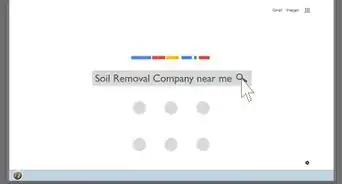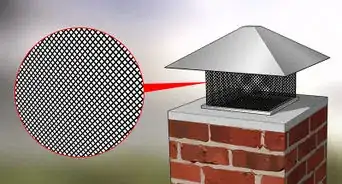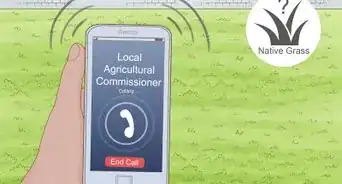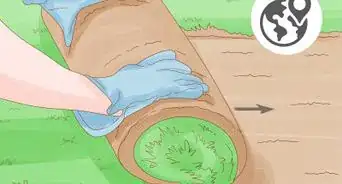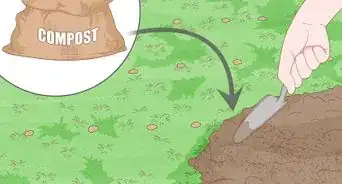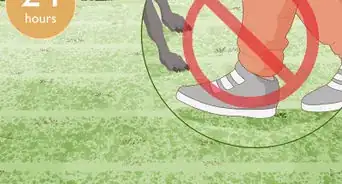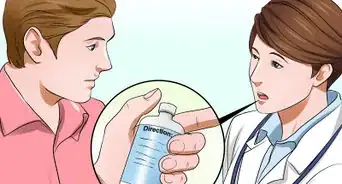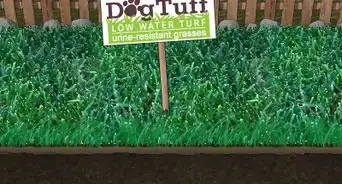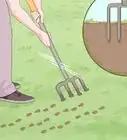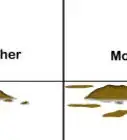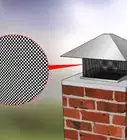wikiHow is a “wiki,” similar to Wikipedia, which means that many of our articles are co-written by multiple authors. To create this article, 10 people, some anonymous, worked to edit and improve it over time.
wikiHow marks an article as reader-approved once it receives enough positive feedback. In this case, 97% of readers who voted found the article helpful, earning it our reader-approved status.
This article has been viewed 149,994 times.
Learn more...
Managing thatch is an important component of maintaining a healthy lawn. Thatch, which is a woven layer of decay resistant stems, roots, rhizomes, and stolons, may prevent a lawn from receiving the proper nutrients and air. A lawn with a heavy thatch is more susceptible to bug and disease, it may take in more water, and fertilizer is less effective. Lawns should be de-thatched to promote healthy grass growth whenever the layer of thatch is more than 1 inch (2.54 cm) thick. You can do this either mechanically or manually.
Steps
Mechanical dethatching
-
1Check for presence of thatch.
- Look at your lawn and ask yourself these questions: Is the lawn green on top but brown on the bottom? Does it look brown and dead after it had been mowed? Does the lawn feel "spongy" when walked on? If you answered yes, your lawn may have a thatch problem.
- Use a spade or knife to remove a small section of lawn in a few places around the yard.[1]
- Measure the thatch layer. If it is greater than 0.5 inches (1 cm), your lawn needs to be dethatched.
-
2Chose the proper time to remove thatch. This should be in the spring or fall when there is adequate moisture in the soil.[2]
- Water the lawn lightly 2 days before de-thatching. Trying to de-thatch a lawn that is too wet or too dry will damage the soil.
Advertisement -
3Mow the dethatched area to a grass height of 1 inch (2.5 cm).
-
4Rent a power dethatching machine such as a vertical mower (power rake) or core aerator from your local hardware rental center.[3]
- Vertical mowers, sometimes called power rakes, chop down through the thatch layer and lift it to the top of the lawn. These machines create a lot of debris that will you need to remove for compost or disposal.
- Core aerators pull soil plugs from the lawn, which you can remove or leave on the lawn to decompose naturally. If you rent a core aerifier, have the store operator adjust the teeth spacing of the dethatcher to the appropriate spacing for your type of lawn. Blade height should be about .25 inch (.64 cm) above a hard, flat surface.
-
5Make 2 perpendicular passes over the entire area with the core aerating machine or vertical mower.[4]
- For example, power rake the entire lawn running north to south. Do the next pass east to west. This will thoroughly break up the thatch on the lawn.
-
6Remove the debris created by a vertical mower or core aerator with a leaf rake, and load it into a wheelbarrow for disposal.[5]
-
7Water the lawn thoroughly to help the grass recover quickly from the de-thatching process.
Manual dethatching
- Small lawns that do not have extremely thick hatch zones can be de-thatched manually with a sturdy leaf rake if you have the time and energy.
Community Q&A
-
QuestionWhen I should mow our lawn with our ordinary lawnmower after de-thatching?
 Community AnswerWait a week for it to fully be stable, then start mowing.
Community AnswerWait a week for it to fully be stable, then start mowing. -
QuestionWhat is the best time to dethatch?
 Community AnswerChose the proper time to remove thatch. This should be in the spring or fall when there is adequate moisture in the soil. Water the lawn lightly 2 days before dethatching. Trying to dethatch a lawn that is too wet or too dry will damage the soil.
Community AnswerChose the proper time to remove thatch. This should be in the spring or fall when there is adequate moisture in the soil. Water the lawn lightly 2 days before dethatching. Trying to dethatch a lawn that is too wet or too dry will damage the soil. -
QuestionWhen should I fertilize after dehatching my lawn?
 Community AnswerAccording to Scott Lawn and Turf, fertilize your lawn after dethatching to help the lawn recover. Do not fertilize before dethatching. Keep your lawn well-watered to help your grass recover.
Community AnswerAccording to Scott Lawn and Turf, fertilize your lawn after dethatching to help the lawn recover. Do not fertilize before dethatching. Keep your lawn well-watered to help your grass recover.
Warnings
- Try not to use too many pesticides on your lawn, as they tend to decrease the number of earthworms and beneficial bugs in the ground.⧼thumbs_response⧽
- Do not compost thatch that has been treated with herbicides.⧼thumbs_response⧽
- Avoid recreating a thatch problem by over fertilizing with nitrogen. Do not apply the fertilizer at a rate of more than 1 lb. pound per 1,000 square feet.⧼thumbs_response⧽
- Do not overuse composted or organic materials for topdressing.⧼thumbs_response⧽
Things You'll Need
- Spade or knife
- Ruler or tape measure
- Power dethatcher
- Thatching rake
- Leaf rake
- Wheelbarrow
References
- ↑ https://www.pennington.com/all-products/grass-seed/resources/why-when-and-how-to-dethatch-your-lawn
- ↑ https://www.milorganite.com/lawn-care/lawn-care-basics/dethatching
- ↑ https://www.popularmechanics.com/home/a27194977/lawn-dethatcher/
- ↑ https://www.dummies.com/home-garden/lawn-care/how-to-dethatch-your-lawn/
- ↑ https://www.dummies.com/home-garden/lawn-care/how-to-dethatch-your-lawn/
- http://urbanext.illinois.edu/lawntalk/weeds/managing_thatch_in_home_lawns.cfm
About This Article
Before you dethatch your lawn, mow it to about an inch. Then, rent a vertical mower or core aerator from your local hardware store. When you’ve got the machine home, run it over your whole lawn going north to south, then run it again going east to west to break up all the thatch. When you’re done, you can use a rake and wheelbarrow to clean up the debris from dethatching. Try to pick a spring or fall day to dethatch, and water your lawn a couple of days in advance to avoid damaging it. Also, water your lawn again right after you dethatch to help it recover. To learn how to have the core aerator adjusted at the store for the type of grass in your yard, scroll down!
